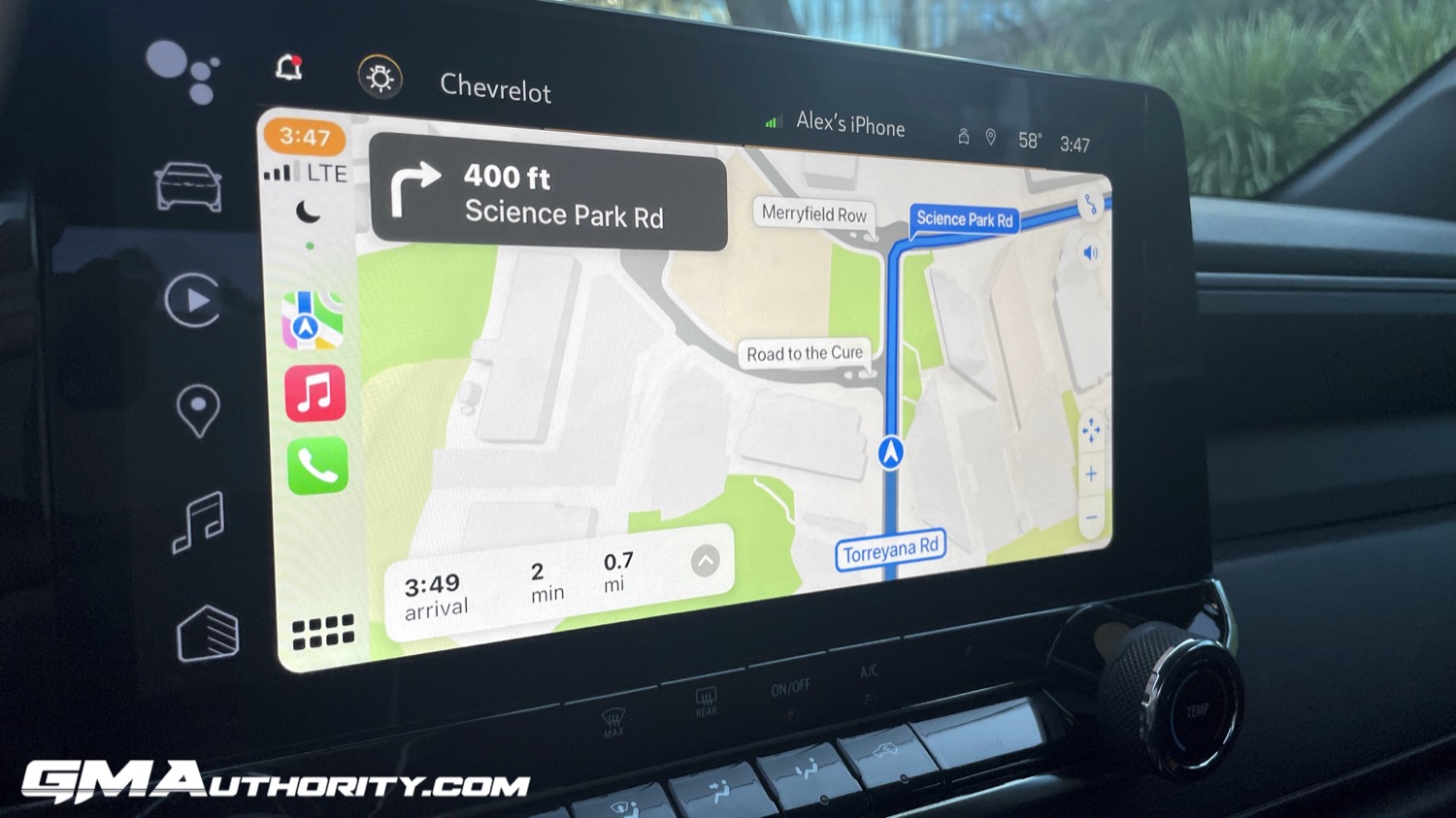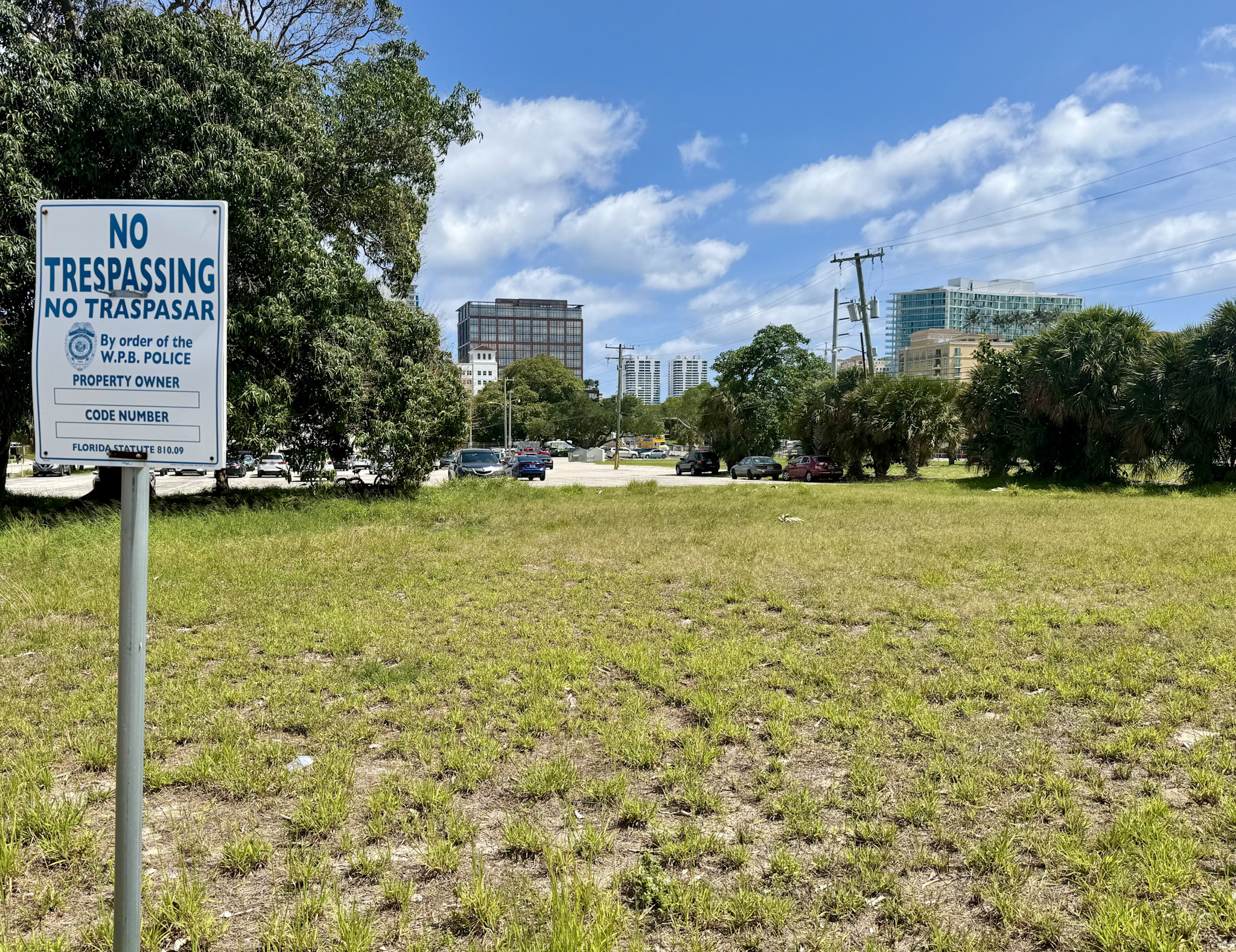Report on Smart Mobility Solutions and Sustainable Urban Development
Executive Summary
This report outlines the role of integrated smart city technology in advancing sustainable urban mobility. Based on insights from Scott Booker, General Manager at Arrive, it examines how unified transportation platforms can address urban congestion, enhance consumer experience, and reduce costs. A central theme is the direct contribution of these innovations to achieving the United Nations Sustainable Development Goals (SDGs), particularly those related to sustainable cities, infrastructure, and climate action. The Monopass service in Monaco is presented as a key case study demonstrating the practical application and benefits of this model.
The Vision for Integrated Urban Mobility
Arrive, the consolidated entity for brands including Flowbird, RingGo, ParkMobile, and Parkopedia, envisions a future where urban travel is seamless and sustainable. According to General Manager Scott Booker, the core of this vision is a one-stop digital platform that integrates disparate transport services.
- Unified Ecosystem: The model shifts away from fragmented infrastructure towards a connected ecosystem combining services such as public transit, parking, ride-sharing, and scooter rentals.
- Consumer Benefits: This integration aims to provide a single point of access for planning, booking, and payment, improving efficiency and affordability for urban dwellers, commuters, and tourists.
- Regulatory Advantage: City authorities can leverage these platforms to manage urban flow more effectively and promote sustainable transport options.
Case Study: The Monaco Monopass Initiative
A prominent example of this integrated approach is the Monopass service in the Principality of Monaco, developed by Arrive’s subsidiary, Flowbird. This project serves as a blueprint for future smart city collaborations.
Project Objectives and Features:
- All-in-One Digital Hub: The Monopass provides users with a centralized application for all their mobility needs.
- Real-Time Information: It offers live travel data and personalized routing options to optimize journeys.
- Integrated Access: The service unifies access to a wide range of mobility services, including trains, trams, buses, and parking.
- Sustainability Target: A primary goal is to reduce light-vehicle traffic in Monaco by 20% by the end of the decade, directly contributing to environmental targets.
Alignment with UN Sustainable Development Goals (SDGs)
The development and implementation of integrated mobility platforms are intrinsically linked to several key Sustainable Development Goals. Mr. Booker emphasizes that sustainable mobility is not only beneficial for the planet but also more cost-effective for citizens, creating a powerful synergy.
Key SDG Contributions:
- SDG 11: Sustainable Cities and Communities:
- Target 11.2: By providing a unified and accessible platform for public and shared transport, these initiatives directly support the goal of creating safe, affordable, accessible, and sustainable transport systems for all.
- Target 11.6: The reduction of vehicle traffic and congestion helps to lower the adverse per capita environmental impact of cities, particularly concerning air quality.
- SDG 9: Industry, Innovation, and Infrastructure:
- Target 9.1: The creation of a connected digital ecosystem for transportation represents the development of quality, reliable, and resilient infrastructure that supports economic well-being and equitable access.
- SDG 13: Climate Action:
- By facilitating a shift from private vehicles to public and shared transport, these smart city solutions are a crucial tool for mitigating climate change through the reduction of greenhouse gas emissions from the transport sector.
Conclusion
The transition towards integrated mobility platforms marks a significant paradigm shift in urban management. As articulated by Scott Booker, this approach demonstrates that sustainability, efficiency, and affordability are not mutually exclusive goals. By creating a seamless travel experience that prioritizes shared and public transport, cities across Europe are leading a transformation that benefits city regulators, residents, and the environment, thereby making substantial progress towards the Sustainable Development Goals.
Analysis of Sustainable Development Goals (SDGs) in the Article
1. Which SDGs are addressed or connected to the issues highlighted in the article?
-
SDG 11: Sustainable Cities and Communities
This is the most prominent SDG in the article. The entire text focuses on using “smart city technology” to improve urban living. It directly addresses issues like “urban congestion,” creating “sustainable mobility,” and developing integrated public transport systems to make cities more efficient and livable. The Monopass project in Monaco is a prime example of an initiative aimed at creating a sustainable urban environment.
-
SDG 9: Industry, Innovation and Infrastructure
The article emphasizes the role of technological innovation and infrastructure development. It describes the creation of an “all-in-one digital hub” and an “integrated ecosystem” that connects previously “fragmented infrastructure” like parking, transit, and ride-sharing. This aligns with SDG 9’s goal of building resilient infrastructure and fostering innovation.
-
SDG 13: Climate Action
The article connects sustainable transport directly to environmental benefits, stating that “sustainable mobility isn’t just good for the planet.” The specific goal of reducing “light-vehicle traffic 20%” is a direct climate change mitigation strategy, as it aims to lower emissions from transportation, a major contributor to greenhouse gases.
2. What specific targets under those SDGs can be identified based on the article’s content?
-
Target 11.2: Provide access to safe, affordable, accessible and sustainable transport systems for all.
The article details efforts to create a “seamless travel experience” by bringing “public access to trains, trams, buses and parking together into a unified experience.” The development of a “one-stop ticket for a variety of transport choices” and making mobility “more efficient and affordable” directly supports this target of expanding accessible and sustainable public transport.
-
Target 11.6: Reduce the adverse per capita environmental impact of cities.
This target is addressed by the initiative in Monaco, which “expects to help Monaco reduce light-vehicle traffic 20% before the end of the decade.” Reducing traffic congestion and promoting public transport are key strategies for lowering the environmental footprint of cities, particularly concerning air pollution from vehicles.
-
Target 9.1: Develop quality, reliable, sustainable and resilient infrastructure… to support economic development and human well-being.
The article describes the shift “away from fragmented infrastructure and toward connected platforms.” The creation of the Monopass service, an “all-in-one digital hub with real-time travel information,” is a clear example of developing innovative and sustainable infrastructure to improve efficiency and quality of life for citizens.
-
Target 13.2: Integrate climate change measures into national policies, strategies and planning.
The plan by Monaco’s city authorities to “reduce light-vehicle traffic 20%” by promoting public and shared transport is an example of integrating climate action into urban planning. This strategic decision is a measure aimed at mitigating the city’s contribution to climate change.
3. Are there any indicators mentioned or implied in the article that can be used to measure progress towards the identified targets?
- Indicator for Target 11.2 & 9.1: The article implies an indicator related to the level of integration of transport services. The development and user adoption of “connected platforms” like the “Monopass service” can be measured to track progress. The shift from a “collection of disconnected services” to an “integrated ecosystem” is the key outcome to monitor.
- Indicator for Target 11.6 & 13.2: The article provides a direct and quantifiable indicator: a “20% reduction in light-vehicle traffic.” This specific metric, set to be achieved “before the end of the decade” in Monaco, is a clear indicator for measuring progress in reducing the city’s environmental impact and taking climate action.
4. Table of SDGs, Targets, and Indicators
| SDGs | Targets | Indicators Identified in the Article |
|---|---|---|
| SDG 11: Sustainable Cities and Communities | 11.2: Provide access to safe, affordable, accessible and sustainable transport systems for all. | Development and adoption of integrated transport platforms (“Monopass service”) providing a unified experience for various transport modes (trains, trams, buses, parking). |
| SDG 11: Sustainable Cities and Communities | 11.6: Reduce the adverse per capita environmental impact of cities. | A 20% reduction in light-vehicle traffic. |
| SDG 9: Industry, Innovation and Infrastructure | 9.1: Develop quality, reliable, sustainable and resilient infrastructure. | The shift from “fragmented infrastructure” to “connected platforms” like an “all-in-one digital hub” for mobility. |
| SDG 13: Climate Action | 13.2: Integrate climate change measures into policies, strategies and planning. | Implementation of a city-level strategy to reduce light-vehicle traffic by 20% by promoting public and shared transport. |
Source: wardsauto.com







